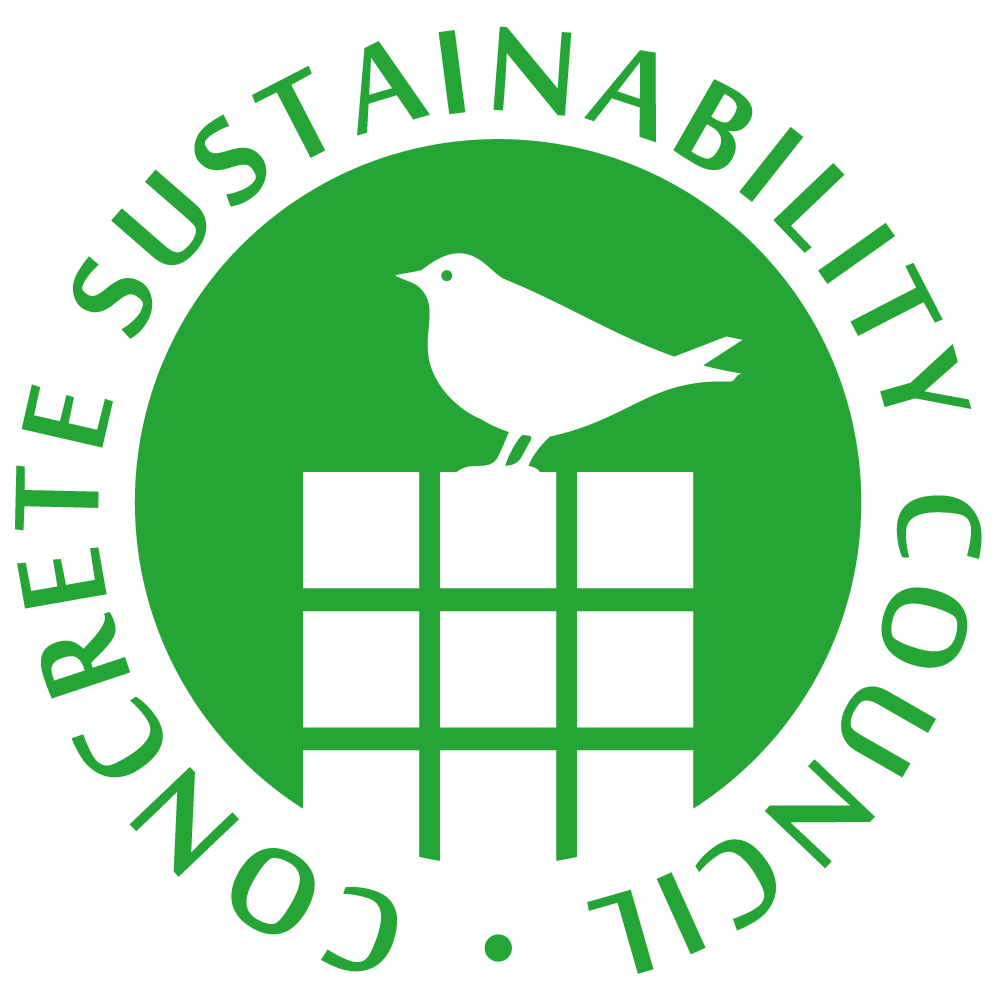
CSC Theory of change
CSC Theory of Change
Introduction / Purpose:
The Concrete Sustainability Council (CSC) is committed to advancing sustainability in the concrete sector. As part of our ISEAL membership requirements, we publish our Theory of Change to explain how CSC’s activities contribute to meaningful, measurable impacts. This framework reflects insights from our stakeholders, members, and committees and demonstrates our commitment to transparency and continuous improvement.
What is a Theory of Change?
A Theory of Change is a strategic framework that explains how and why an organization expects to achieve its intended outcomes and impact. It outlines the pathways from our activities to our goals, making assumptions and connections explicit for our stakeholders.
Our Approach:
Developed through stakeholder consultations, workshops, and input from our Technical, Communication, and Advisory Committees, as well as roundtable meetings with CBs and RSOs.
Represents a living framework, which will evolve over time as CSC continues to learn and engage with its members and stakeholders.
Highlights how our programs, standards, and initiatives contribute to sustainable practices in the concrete sector.
Access the 1st version including comments: here

1. Multi-Stakeholder Involvement in the development of CSC ToC
Stakeholder Consultation: We shared the first draft of our ToC with all our network, ensuring that diverse voices were considered in reviewing it.
CSC Committees: All committee members received the first draft of the ToC in advance welcoming feedback.Experts from different sectors participated in our working groups to review the first draft of the ToC. The Advisory Committee dedicated a 2 hour online session to give feedback on the first draft.
2. Open Access to ToC
We make our stakeholder engagement mechanisms transparent by publicly sharing CSC ToC in CSC webpage, accessible here.
We welcome feedback from our members, partners, and stakeholders to ensure the Theory of Change remains relevant, credible, and aligned with international best practices.
3. Feedback received
Minor corrections ( grammar, examples, details, etc.) were accepted.
Long-Term Impact: Concrete shouldn’t be declared as the “default” material if the full substitution of OPC is not part of the long-term goals.This statement describes the role of concrete, but not the actual impact of CSC.
CSC consideration: The cement sector has developed a decarbonization roadmap (RM) for OPC-based concrete to achieve carbon neutrality in 2050. The RM builds on traditional levers, e.g. alternative fuels, efficiency improvements, alternative raw materials, clinker factor reduction, and on CCS. Alternatives to OPC do exist. They have advantages and often disadvantages. And none of them is (nearly) carbon neutral.
The need for SMART sustainability goals was highlighted (Specific, Measurable, Achievable, Relevant, Time-bound) in both mid- and short-term outcomes, mainly related to CO2 and recycling..
CSC consideration: CSC might, jointly with GCCA, derive values out of their decarbonization road map, but it will require some time to be developed. The percentage increase in recycled content in certified concrete cannot be measured easily and therefore setting a target is also difficult, as many countries do not oblige the producer to indicate the recycled content on the recipe if it stays below a certain threshold.The details and sustainability metrics used to monitor and measure progress on the TOC is further discussed in the M&E System
Conclusion
As CSC is a holistic certification, many outcomes are qualitative or multi-dimensional, so precise results are difficult to measure and narrowing it down to CO2 and recycled content is not the aim. However, we have the two product related add-ons which we intend to develop further to promote decarbonization and circularity in concrete (CO2 and R-modules). Future SMART goals can relate to the impact of these modules. We will discuss this with GCCA / RSOs and include the outcome in an updated version of the ToC.
CSC ensures that stakeholder engagement is not only integral to its certification system but also fully transparent and publicly accessible. By making key engagement processes, decision-making structures, and consultation mechanisms available on our website and other public platforms, we foster trust, accountability, and continuous improvement within the industry.